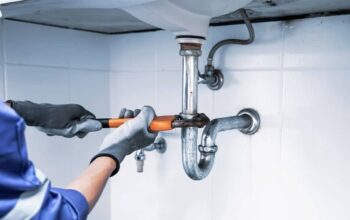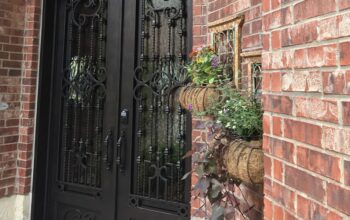
The award-winning concept of small residential garden ponds is becoming an indispensable habitat source for various creatures because natural habitats continue to decline. Apart from merely adding aesthetic value to outdoor areas, the wildlife pond creates an ecological ecosystem where amphibians, insects, birds, and mammals obtain food and protection while they reproduce. Wildlife ponds serve as vital habitat linkages that unite separate ecosystems and strengthen them against environmental threats.
Planned efforts and thoughtful considerations lead to the development of a functional wildlife pond. Keep a healthy aquatic environment through the proper implementation of equipment. Reliable pond pumps circulate and filter water while maintaining oxygen levels, preventing ponds from becoming stagnant. The Kent-based Pond Guy store provides high-quality products, including Evolution Aqua pond pumps, which are available to customers throughout South London. The pumps offer energy efficiency and a strong construction, enabling continuous water circulation. The waterproof exterior accessories of wildlife pond pumps now include advanced impellers that optimize performance and cost operations suitable for extended pond usage.
Designing Your Wildlife Oasis
1. Location: Pick a sunny or semi-shady area out of reach of overhanging trees that satisfyingly drop excess leaves. Preferably, level ground will be considered.
2. Size and Shape: Choose a pond with varying depths and highly irregular shapes to create many different habitats. A shallow margin around the edge is vital for amphibians, allowing them to enter and exit safely.
3. Lining: High-grade and fish-safe pond liners, such as butyl rubber or EPDM, stop water from leaking. Ensure it is big enough to cover the entire excavated area with generous overlaps on all margins.

4. Excavation and Shaping: The pond should be excavated into the required shape and have different levels. Deep areas (60cm+) are good in winter, so the pond does not freeze solid.
5. Installing the Liner: Lay down the protective underlay to prevent any punctures and position the liner onto the underlay, ensuring it is smooth and wrinkle-free. Fill the pond with water to settle the liner.
6. Edging and Planting: For the great transition from dry land to water, erect the embankments or perimeter of the pond with natural materials like stones or logs. Plant native aquatic and marginal plants for habitat and wildlife feeding. Plant oxygenating species to improve water quality.
7. Natural Filtration: Avoid using chemicals for filtration or treatment. Let nature establish balance; introduce a handful of pond mud from an adequately established pond to quicken the ecosystem.
8. Wildlife features: Include integrated structures such as log piles, rockeries, and flower patches with bee-friendly plants to entice a more extensive variety of species. An area of mostly shallow water with pebbles will make a nice drinking and bathing spot for birds.
9. Maintenance: Clean out excess debris and algae, but avoid going overboard. Keep some algae for occasional food. Top up water levels when dry.
10. Patience and observation: Wildlife can take time to locate your pond. However, with increased observation, you can witness the increased biodiversity as the ecosystem springs to life.
A wildlife pond is not just a feature of the garden, it also supports regional biodiversity. These little havens serve as a second chance for thousands of creatures, pouring their prodigious energies into the garden and, in turn, the heart of life.




